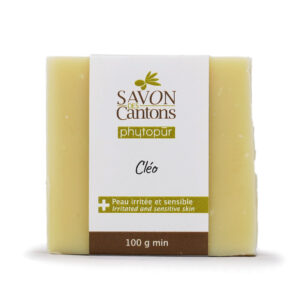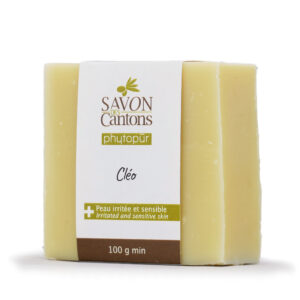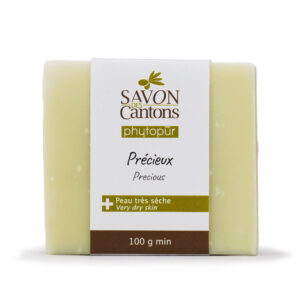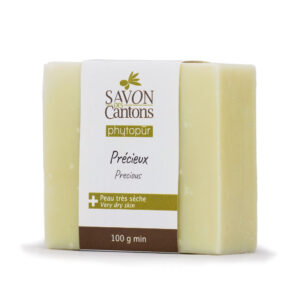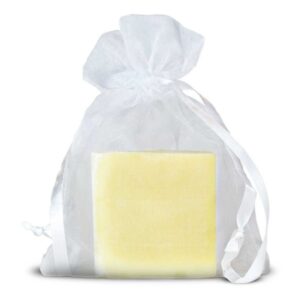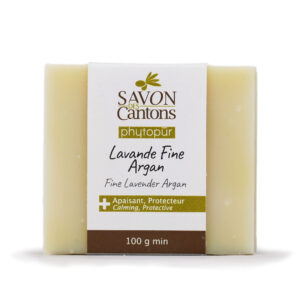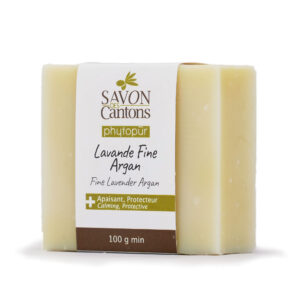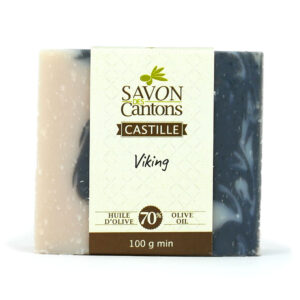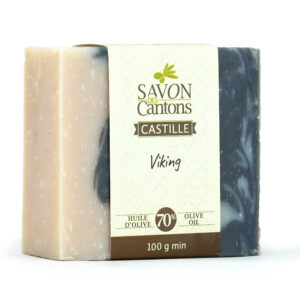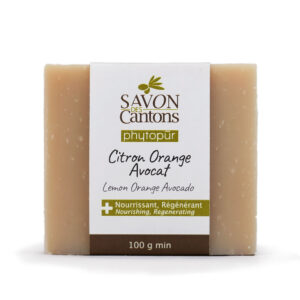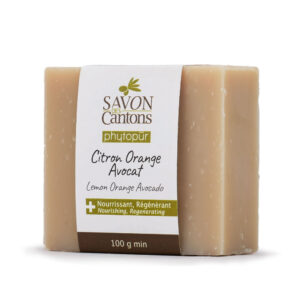Castile Soap
Castile soap briefly explained
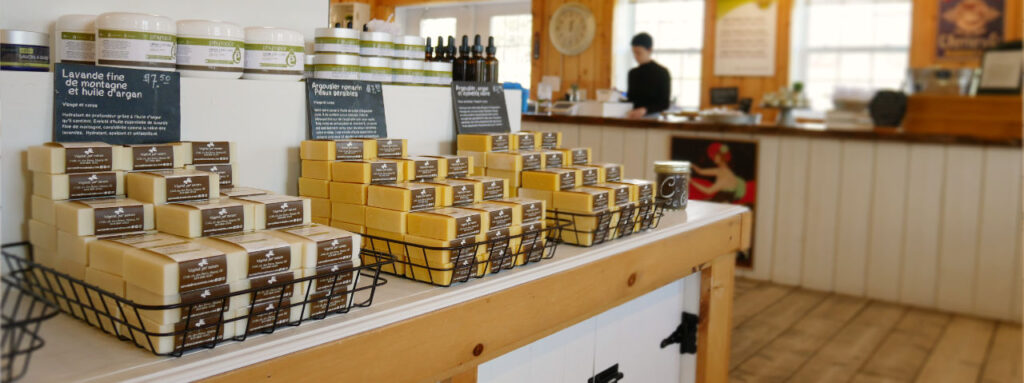
To be able to properly be labeled as Castile, the soap must contain a minimum of 70% pure olive oil and be 100% plant-based. Our Castile soaps, including our Phytopur soaps, are made with a minimum of 70% pure olive oil. A part of this percentage is hyperoxygenated (Cleo oil) to enhance the hydrating and therapeutic sides of the soap and the other 30% is coconut oil.
Brief History of Castile Soap
We can trace the origins of the Castile soap recipe back to the 8th century in the north of Spain, the land of castles, hence its name. At that time, this soap was used for skin care and it inspired and influenced the soap factories of Marseille in the 14th century. The origins of the Castile soap recipe is from the father of all soap. the Aleppo soaps, the first soaps to be commercialized by Syrians.
The Castile soap contains all its natural plant-based glycerine that is created during the saponification process. This glycerine is a hydrophilic molecule that attracts water and hydrates your skin thoroughly.
In contrast, the glycerine that is created during the making of a solid Marseille soap is removed from the product which makes it less hydrating than the pure Castile soap. As for the liquide Marseille soap that we sell, the glycerine is left within the finished product.

